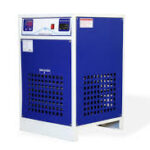Air Cooled Chillers
Air-cooled chillers work by using air to extract heat from the coolant or refrigerant, offering a simpler setup than water-cooled chillers, which rely on cooling towers and water circulation.
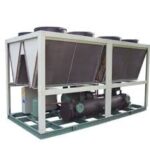
Water Cooled Chillers
Water-cooled chillers offer superior cooling efficiency by using water as a heat transfer medium. They are widely installed in hospitals, shopping centers, and industrial manufacturing units.
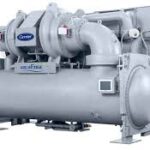
Screw Chillers
Screw chillers are used in HVAC and industrial cooling for large spaces. They operate with screw compressors for smooth and efficient performance. These chillers ensure stable temperature control.
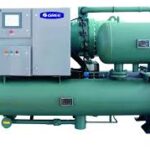
Variable Speed Chillers
Variable speed chillers utilize VFDs to adjust compressor speed according to cooling requirements. This minimizes energy waste and enhances performance. They are ideal for facilities seeking sustainability.
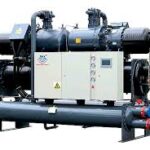
Oil Chiller
Oil chillers work by cooling lubrication and hydraulic oils in industrial equipment. They prevent excessive heat, ensuring machine reliability. This makes them essential for heavy-duty applications.
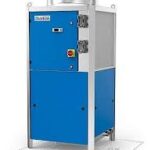
Hydraulic Oil Chiller
Hydraulic oil chillers are crucial for cooling hydraulic fluids in industrial equipment. They prevent excessive heat, ensuring optimal performance. This results in improved system durability.

Online Chiller
Online chillers integrate remote monitoring with efficient cooling performance. They enable users to track and optimize cooling systems online this enhances operational reliability
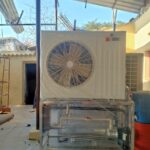
Glycol Chiller
Glycol chillers control low-temperature cooling for industrial applications. They use a glycol-water solution to absorb heat efficiently. Often used in food, beverage, and pharmaceutical industries.
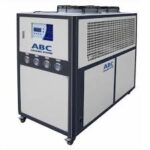
Spindle Chiller
Spindle chillers are used in CNC machines to manage spindle heat. They ensure consistent machining precision by preventing overheating. Proper cooling increases productivity and tool life.
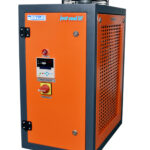
Refrigerated Air Dryer
Refrigerated air dryers provide moisture control in compressed air systems. They lower air temperature, condensing water vapor for removal. This prevents system inefficiencies and equipment damage.
